Food waste is a huge problem. If food waste was a country, it would be the third-largest emitter of CO2, after the USA and China. However, it might surprise you to know that much of our food waste, comes from our homes. It's bad for the environment and it's bad for our pockets. However, there are lots of easy steps we can take to manage food waste at home.
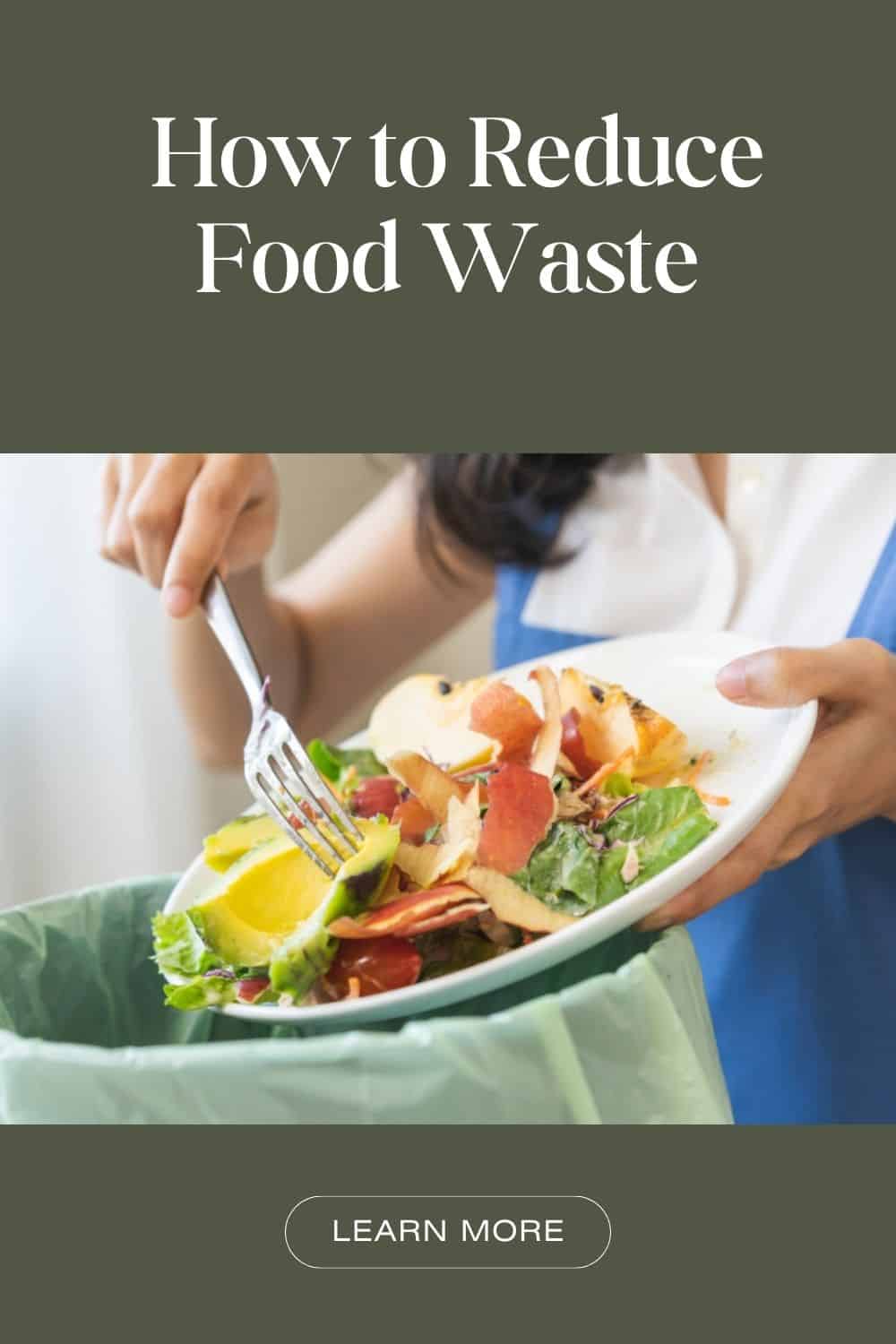
According to WRAP, the average UK family throws away around £60 of food every month. That’s a massive £720 a year straight in the bin! The U.S. Department of Agriculture's National Household Food Acquisition and Purchase Survey puts the cost at around $1900 per year per household.
Anything we can do to manage our food waste is a step in the right direction. I've put together a list of some simple things we can all do to reduce our food waste at home.
Jump to:
- 1. Plan Your Meals
- 2. Measure Out Portion Sizes
- 3. Freeze Leftovers
- 4. Understand Use By and Best Before Dates
- 5. Enjoy a Free Lunch
- 6. Eat Me Up Shelf in your Fridge
- 7. Recipes for your most often Wasted Food
- 8. Check your Fridge and Freezer temperature
- 9. Store Food Correctly
- 10. Managing Food Waste when you're out
- 11. Compost at home
- 12. Donate unwanted Food
- 13. Support Food Waste Projects
- 14. Organise your Kitchen
- 15. Value Food
- 💬 Reviews
1. Plan Your Meals
Meal Planning can save money, reduce stress, and is one of the easiest ways to manage food waste. Taking a shopping list to the shops or grocery store helps keep us focused and stops us from buying things on impulse we don't need. Try to plan meals around what you do have in the fridge or cupboards, rather than what you don't. Don't forget to plan meals to use up leftovers. Recipes for leftovers are really handy. These are some of my most popular leftover recipes for meat:-
- Leftover Pork Stroganoff
- Pork Meatballs with Pasta
- Chicken and Broccoli Pasta Bake
- Chicken and Chorizo Risotto - perfect if you've only got a small amount of roast chicken left over.
- Creamy Chicken Leek and Mushroom Pasta
- Easy Chicken Korma
- Tagliatelle Carbonara - the best recipe for using up leftover gammon or ham.
If you're looking for recipes or tips for leftover turkey from Christmas or Thanksgiving, check out my Easy Leftover Turkey Recipes.
2. Measure Out Portion Sizes
Measuring portion sizes and avoiding cooking too much is a simple but easy way to manage food waste and save money. The main foods we often cook too much of are pasta, rice, and potato. Here's a rough guide for how much to use per person.
- Dried Pasta 60 - 100g per person (2oz - 3.5oz)
- Fresh Pasta 70 -120g per person (2.5oz - 4.2oz)
- Rice 50 g per person (1.7oz)
- Potatoes - if you've got lots of sides 125g or 4oz per person is enough. For a larger spread, use 250g or 8oz per person.
If you've cooked too much pasta, rice, or potatoes, you can easily freeze the leftovers to reduce your food waste. Freeze pasta and rice on a tray then transfer to a sealed bag once frozen. Mold mashed potato into balls about the size of an egg and freeze on a tray before transferring it to a bag or container.
3. Freeze Leftovers
Often our leftovers go off when they're left in the fridge. We pop them in there with no real plan of when we will use them. Make a point of freezing leftovers straight away to help manage your food waste. The second part of this is to remember to regularly use up the food in your freezer. Remember, food will never go off in your freezer, but the texture and taste may deteriorate over a long period causing it to spoil. Schedule 'Eat the Freezer' days into your weekly plan.
4. Understand Use By and Best Before Dates
A lot of food gets wasted because people misunderstand what the Use By and Best Before Dates mean. Use-by dates are safety dates and it is important to take notice of these. Best Before dates on the other hand are only about the quality of the food. You can safely eat food past the Best Before Date.
5. Enjoy a Free Lunch
Last night's leftovers can make a great lunch the next day and is a quick and easy way to manage your food waste. It's also a fantastic money saver.
6. Eat Me Up Shelf in your Fridge
A food waste management tip from the team at Zero Waste Week is to have a shelf in your fridge dedicated to food that needs to be used up. I have a shelf labeled 'Use it Up' in my fridge so my kids know what food they can eat up at any time of the day or night! It helps to have everything that needs to be used up in one place so you are less likely to forget about it. StopWaste, a public agency in Alameda County, California has designed signage, such as this ‘Eat This First’ sign, you can place in your fridge.
7. Recipes for your most often Wasted Food
Do you know what foods commonly get wasted in your home? If you're not sure, it helps to keep a list over a few weeks to find out. Keep to hand a few handy recipes to help you use up these foods. For example, a vegetable soup is great for using up veg that is past its best and you don’t need to follow a specific recipe. Bananas that have started to go black are great for making banana muffins, banana milkshakes, or how about these Banana Oatbars? Don't be afraid to get creative to reduce your food waste.
8. Check your Fridge and Freezer temperature
Make sure your fridge and freezer temperatures are set correctly. Your fridge should be kept at between 3C -5C or 37F - 40F. Set your freezer to -18C or 0F. It can take up to 24 hours for your fridge or freezer to adjust to a new setting. Also, make sure food is cooled before placing it in the fridge or freezer. Putting warm food in your fridge or freezer will raise the overall temperature and can cause other food to go off.
9. Store Food Correctly
Taking care to store food correctly makes your food last longer and is a key way to manage your food waste. Often we throw food away because it has spoiled. The Love Food Hate Waste website has great tips on food storage. In the US, check out Save The Food. Fruit and vegetables are the most common items people don't store correctly. Root vegetables, ie those grown with their roots in the ground, should be stored in a cool dark place, but not the fridge. Fruits such as bananas, avocados, tomatoes, peaches, and pears produce an ethylene gas when ripening which means they should be stored separately as they can make other things go off quicker.
10. Managing Food Waste when you're out
This is one that we sometimes forget about. When we eat out in a restaurant or cafe, don't leave food waste behind. This is called 'plate waste'. In the UK it's estimated that around 39% of meals served in restaurants are wasted. In the US, customers are used to asking for 'doggy bags' to take food home with them. Although this is less common in the UK, we shouldn't feel embarrassed about doing it. Restaurants have to pay to dispose of 'plate waste' so the less food they throw out, the lower their costs.
11. Compost at home
Most food scraps such as vegetable peelings, bread, eggshells, tea bags, and coffee granules can be composted and this is a great way to manage your food waste and keep food out of landfill. The main things you cannot compost in a garden worm compost are meat, dairy, and cooked food. Garden Organic has some easy detailed resources on composting at home.
12. Donate unwanted Food
If you have unopened food you know you're not going to eat, provided it's still within the 'use by date', you can donate it to your local food bank. There is also a great food-sharing app called Olio that allows you to advertise and donate any surplus food in your local community.
13. Support Food Waste Projects
As we all become more conscious of the impact and cost of food waste, there are more and more food waste projects starting up at national and local levels. These are great initiatives to manage and reduce food waste. They also provide significant money-saving opportunities! Ugly or misshapen vegetable box schemes sell vegetables that supermarkets don't want at lower prices. Oddbox in the UK is one such scheme. Some great Food Sharing apps allow you to buy food that would otherwise go to waste, direct from local restaurants and cafes. Check out Too Good to Go.
14. Organise your Kitchen
Do you know what food you currently have stored in your kitchen? Have you got food you've forgotten about? Tins or packets that have been pushed to the back of a cupboard? Sorting out your cupboards is a useful way to get a grip on managing your food waste. Make a plan to use up any odd bits that you find. When storing food, place the most recently bought items or those with the longest shelf life at the back. Bring those that need using up sooner to the front. This way you'll minimise the chance that something will go out of date before you can use it up.
15. Value Food
When we value something, we take care of it and are less inclined to waste it. Thinking about where our food has come from, the energy and resources that have gone into producing it, and the fact that many people do not have enough to eat can help us appreciate our food as a precious gift.
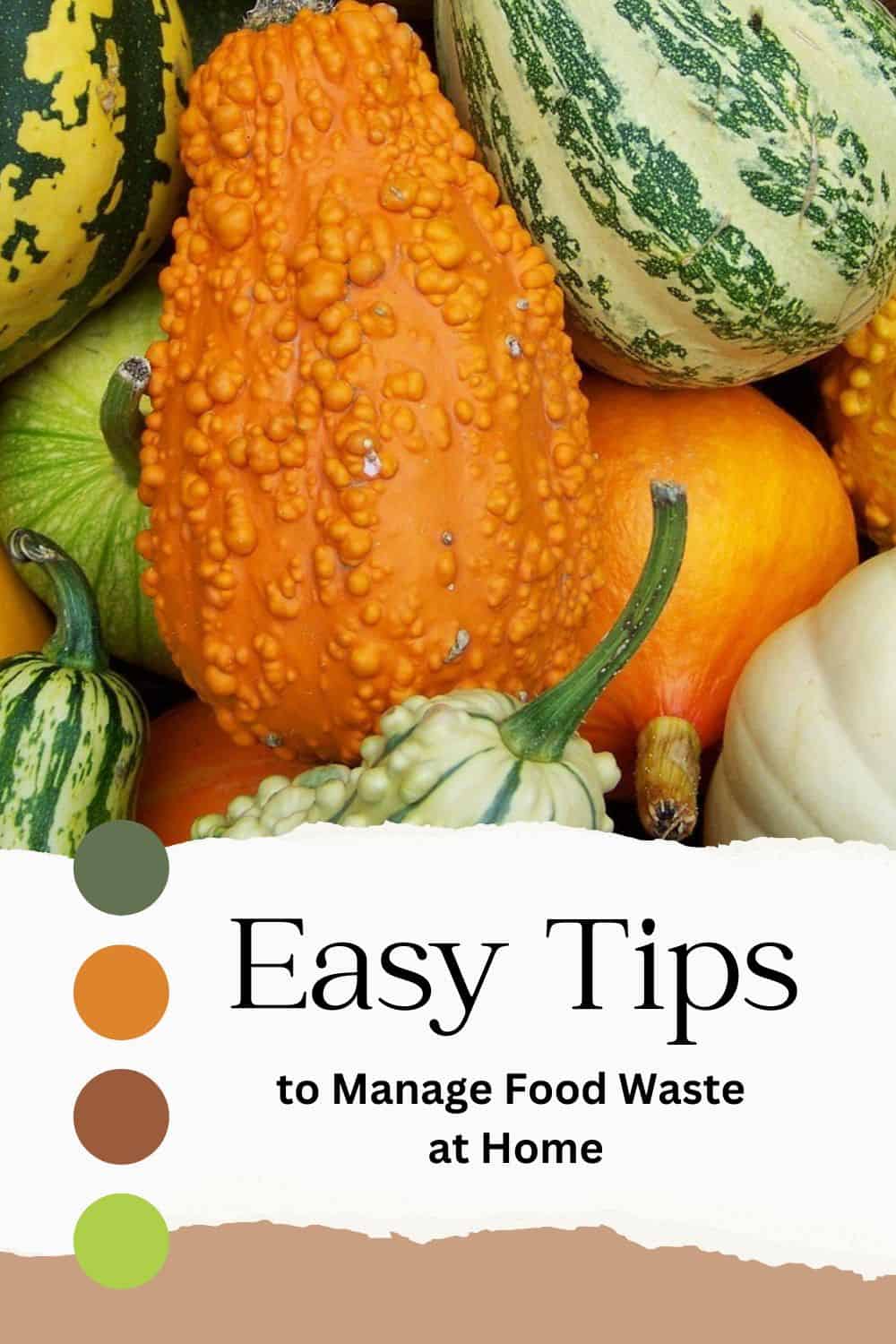


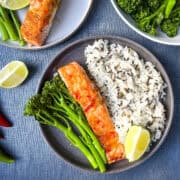
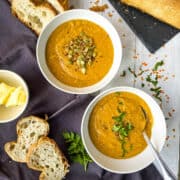

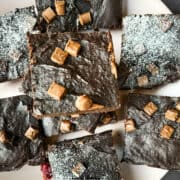

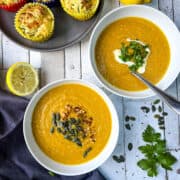

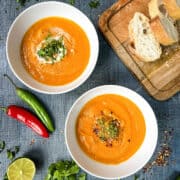
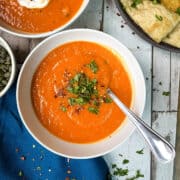
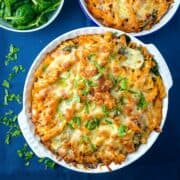
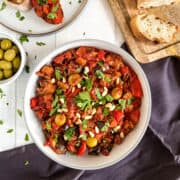
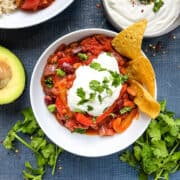
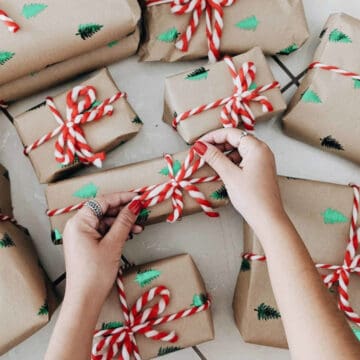
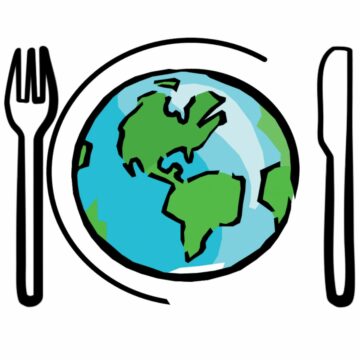

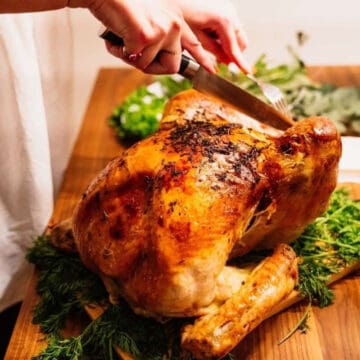
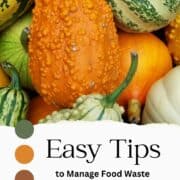
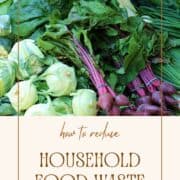
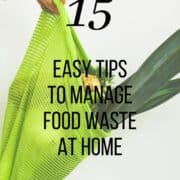
Catherine Horrigan
I’m a great fan of buying reduced fresh fruit and veg at the supermarket in the evening and I love planning meals for the next day around what I have bought. Nothing gets wasted and I love inventing new meals out of what I have.